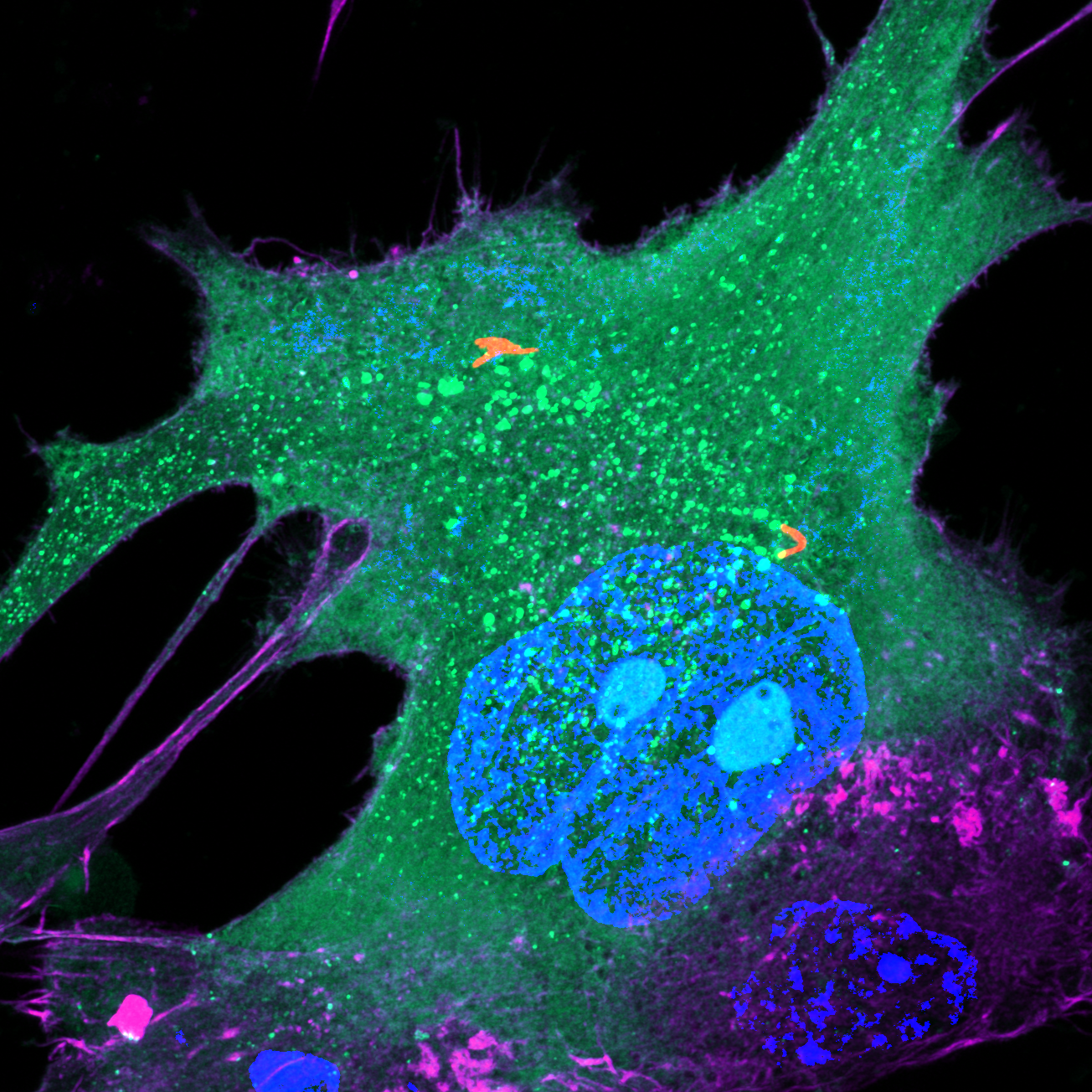Introduction: TB and the Sphinx
Section overview
In the following two chapters, I will give the reader the necessary context and background to understand the topics discussed in the main results chapters.
Introduction Part 1
Because the main body of this dissertation will be technical descriptions of my contributions to science, I have strived to make the first introductory chapter as accessible as possible. We will first talk about the bacteria Mycobacterium tuberculosis and why we care about it still. We will then give a 10,000-foot view of lipids and why sphingolipids are the most exciting category.
Introduction Part 2
The second introductory chapter partially starts over but is more technical. We will discuss some of the ways that Mycobacterium tuberculosis overcomes the human immune defenses to establish infection and how host lipids are known to influence infection. We will then discuss in greater detail the synthesis and biological roles of sphingolipids in mammalian cells. We will finally discuss some of the unique challenges of studying lipids and the tools that allowed us to overcome these challenges.
